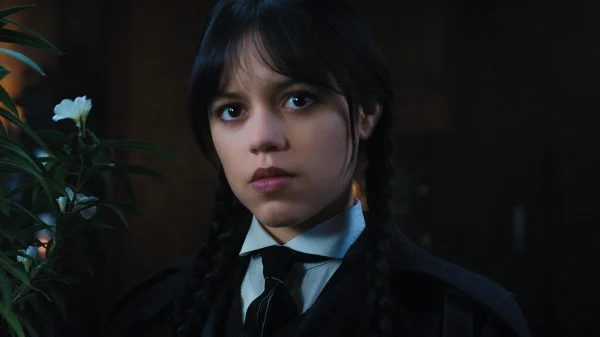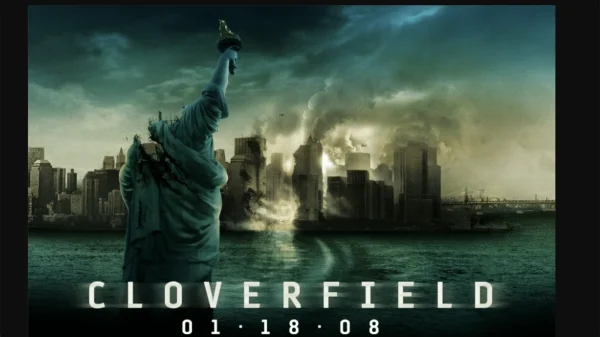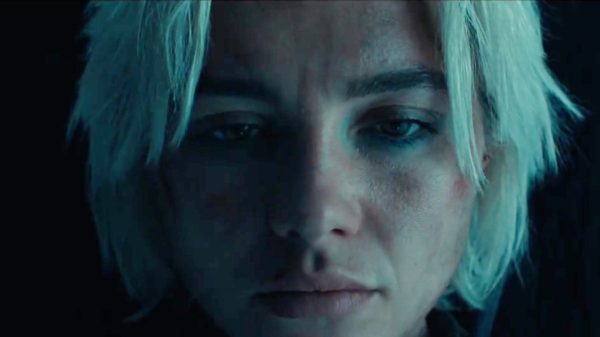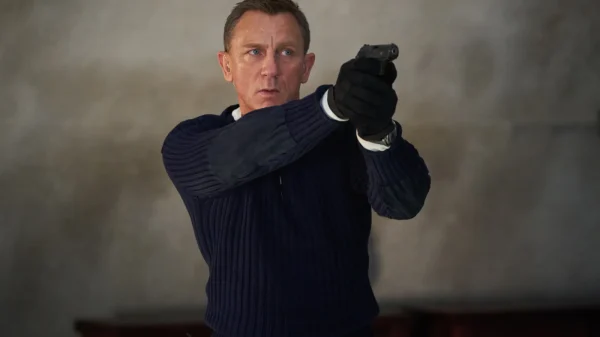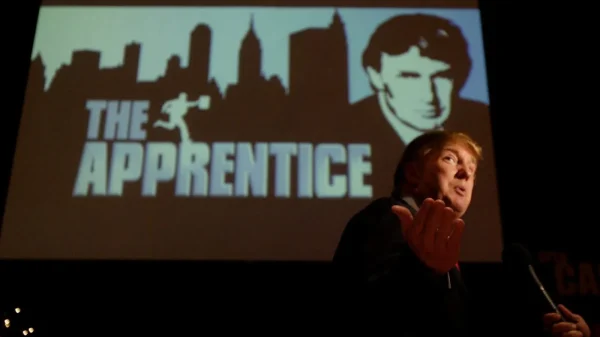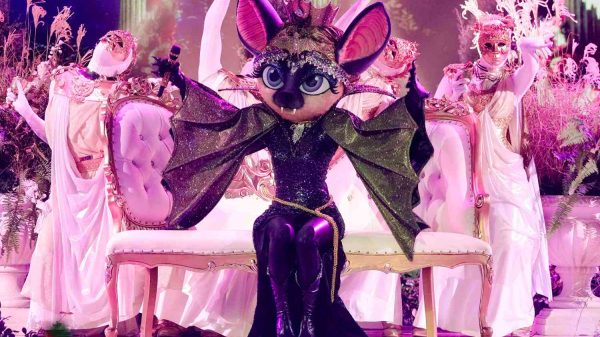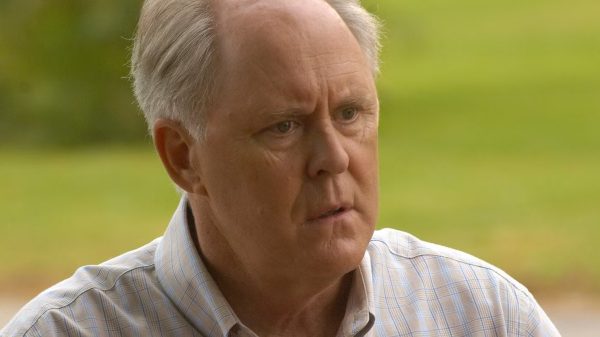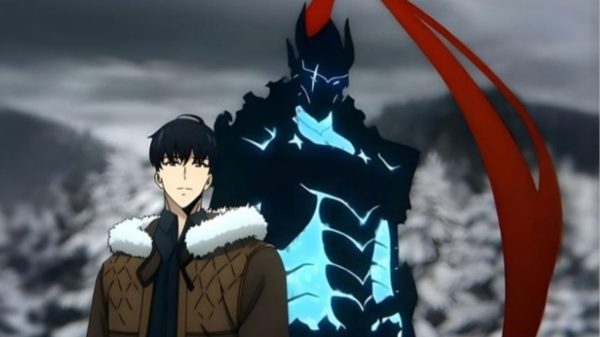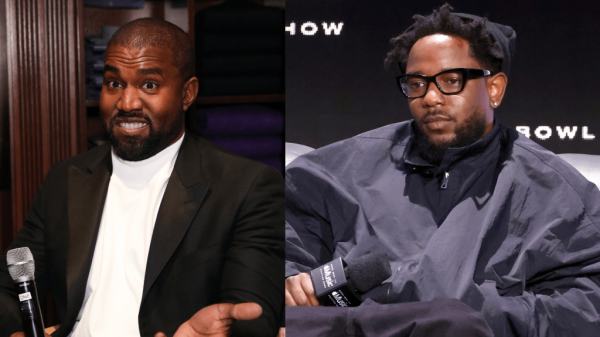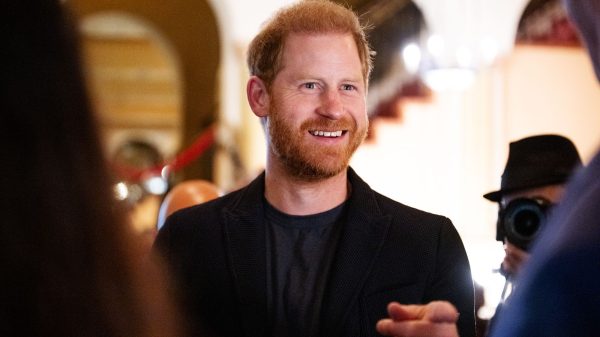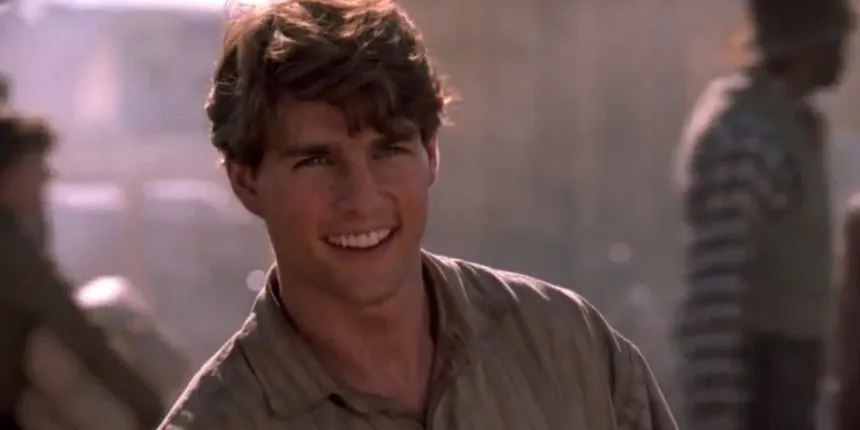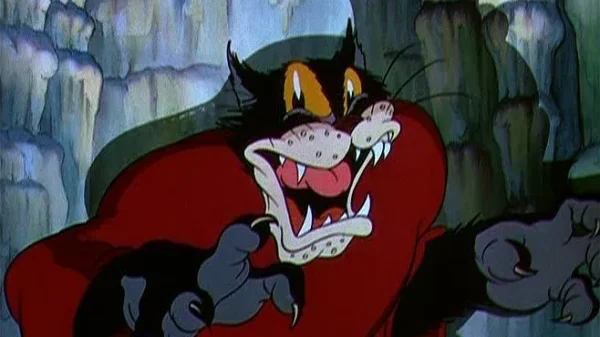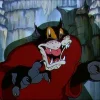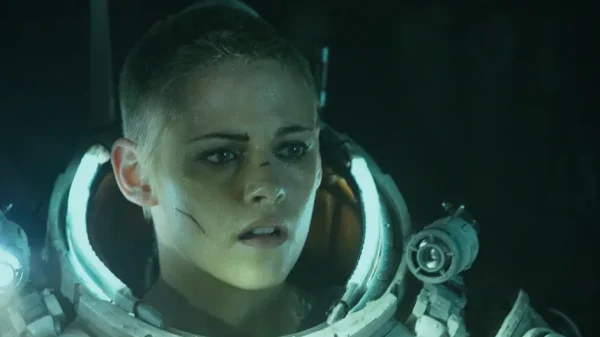Far and Away is a historical drama that explores the experiences of immigrants in America during the turn of the century. The film, directed by Ron Howard and starring Tom Cruise and Nicole Kidman, takes audiences on a journey to the American frontier, showcasing the struggles and triumphs of those seeking a new life.
As an “honeymoon project” for Cruise and Kidman, who were still married at the time, Far and Away is a classic Western romance that delves into the lives of Joseph Donnelly, a farmhand seeking revenge, and Shannon Christie, the daughter of a greedy landowner. The two meet in America and go on a journey of self-discovery, facing challenges and setbacks along the way.
The film’s finale, which depicts the Cherokee Outlet Land Rush of 1893, is a thrilling sequence that showcases Howard’s filmmaking prowess. The scene features hundreds of stunt performers, extras, animals, and period-authentic props, making it a visually stunning and logistically complex sequence.
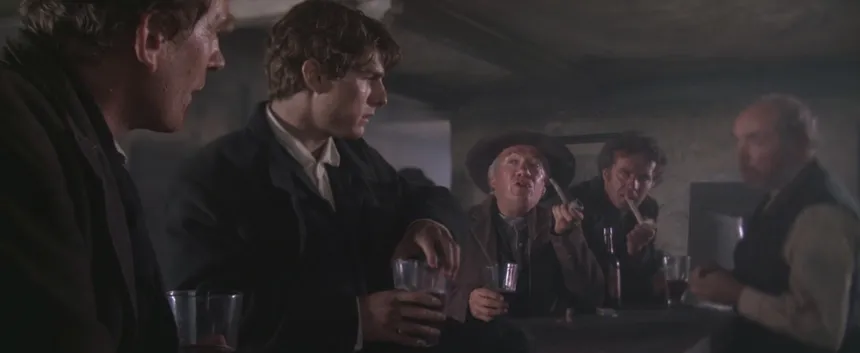
Tom Cruise’s Far and Away (Via IMDB)
While Far and Away has its narrative and tonal shortcomings, it showcases undeniable chemistry between Cruise and Kidman, who display palpable chemistry despite their characters’ petty squabbles and romantic misunderstandings. The film also offers occasional resonant insights into societal hierarchies and the human experience.
Despite its historical setting, Far and Away is more than just a period drama; it’s a timeless tale of hope, aspiration, and the American Dream. The film celebrates the resilience and determination of those who sought a better life in America’s Wild West.
As an exercise in Western filmmaking, Far and Away earns its spurs, with Howard orchestrating a game-changing action sequence that showcases Cruise and Kidman’s characters facing off against the challenges of the Oklahoma Territory.

